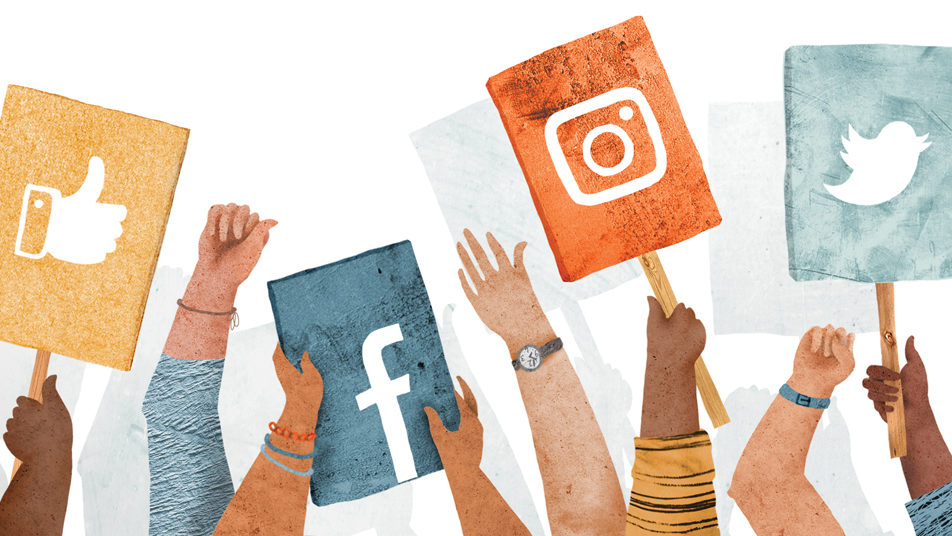You might remember going on to Instagram one day last year and scrolling only to keep finding black images- one after the other. Under each one, you might’ve also seen the caption, #BlackOutTuesday. On June 2nd of 2020, celebrities, influencers, and average users of the platform became social activists, you can say, replacing their usual content with black squares.
In case you still have no idea about the message behind this crusade, the hashtag and empty posts essentially represented one’s support of the Black community and willingness to stand by the Black Lives Matter movement, which was very prevalent in the months between June and August.
Although this might sound like a positive undertaking to participate in, it proved to be the opposite in some respects. For instance, on one hand, you had people who were actually informed about what they were doing, while on the other hand, you had individuals who had this mentality: “Well my friends and favorite celebrities are doing it, so I should do it too.”
Zoe Haylock wrote an article for Vulture entertainment news stating that images of protests and useful information about the injustices of the police force and criminal justice system were completely concealed; people who used the hashtag #BlackLivesMatter with their black tile indiscriminately erased valuable pictures, videos, and resources that many were attempting to share. And, that’s where the message got lost. Good-intentioned and knowledgeable social activists became overshadowed by mere followers.
With this movement and many others in 2020 and in the past, graphics became a major social activist tool for attracting attention from all users on social media platforms including Snapchat, Twitter, Instagram, and Facebook. Particularly, in the BLM movement these graphics helped by ‘’breaking down larger concepts, like police abolition and the prison industrial complex, into a digestible size with simplified language” according to the article, “Front of house: The rise of social media activism in 2020” by Caelan Reeves. Soon, various designers started to focus more on the visual appeal and aesthetics of their graphics so that more viewers would become intrigued by the campaign.
Over time, however, some of them became no better than the black squares on Black Out Tuesday. Graphics with bulky text began to swallow up most of the content that included valuable details and information of protests and the racial injustices of our society. Users of social media began to post and share unenlightening and more significantly, ineffective graphics on their accounts. The outcome was that the meaning and message of the BLM movement were led astray by the people who were posting about it.
Nevertheless, social media can be a powerful instrument in promoting change through social activism. The article, “The power of protest: 15 accomplishments from the Black Lives Matter movement” by MSN, the BLM movement has lead to industries paying attention to any discrimination and racism they have been involved with in the past, the Department of Justice investigating the Ferguson Police Department’s practices and structure due to the killing of Michael Brown, Kentucky passing “Breonna’s Law,” and charges against officers associated with the death of George Floyd being placed.
As is demonstrated, change is possible. Social media just needs to be used more proficiently in order to achieve the very best out of any movement. Below are some tips on how you can become a better activist!
- Educate Yourself: Learn about the movement or social change you are trying to achieve by reading articles, watching documentaries, listening to podcasts, and talking to people about their experiences. You will be better equipped in influencing others to support your cause if you gain more knowledge about it.
- Think Before Posting– Before spreading any content promoting change, think to yourself, “Is this the most effective way to support my cause?” “Are the graphics too distracting?”, “Does it have truthful and informative components?” and other accommodating questions.
- Re-evaluate Yourself/The World Around You: While learning about the movement you are supporting, you might discover things about yourself and everything around you that are either for or against your efforts. Fortunately, this is how you become more in touch with the social activism in you!
Featured image credit: Hour Detroit Magazine
